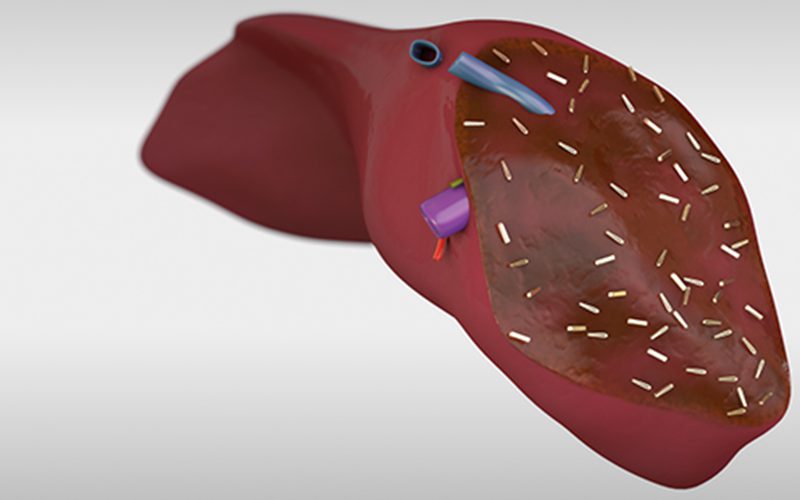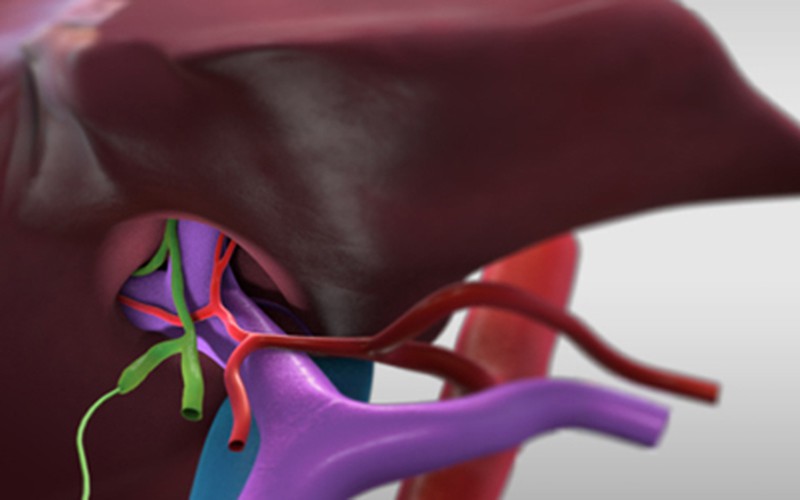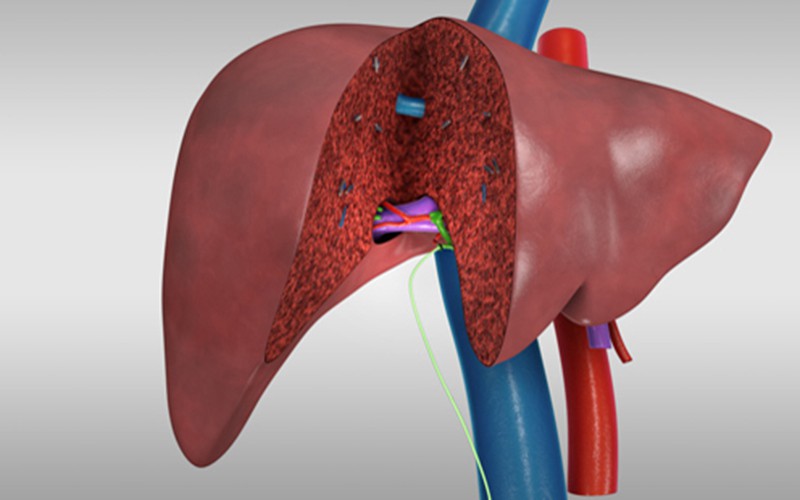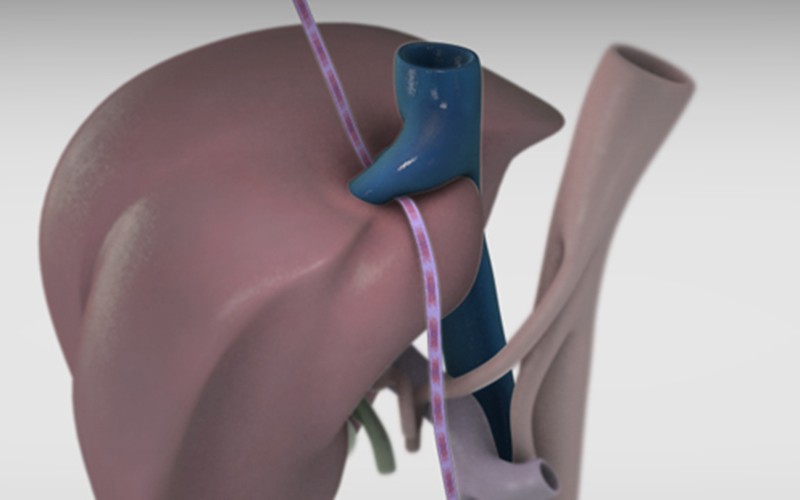Liver transplant: Living donor left hepatectomy
Donor procedure
Case description
- Patient was a 41 year old man.
- Patient volunteered to be a living liver donor for his brother, who suffered from end-stage liver disease for alcoholic cirrhosis.
Key points
- The size of the graft and the residual liver volume was carefully calculated before the operation.
- The planned transection plane starts from the gallbladder fossa, and extends to the posterior groove between the right and middle hepatic veins.
- The gall bladder is taken in a retrograde fashion, with its proximal end tied and cut. A catheter will then be placed in Hartman's Pouch, to facilitate an intra-operative cholangiogram.
- During the portal dissection, a clip will be placed in the nearby tissue of the left hepatic duct.
- Along with the intra-operative cholangiogram, the clip will indicate an area of the left hepatic duct which is located away from the hepatic duct bifurcation, and the bifurcation of the segments II/III and segment IV branches.
- The left hepatic artery will be divided at the common trunk below the bifurcation of the segments II/III and segment IV branches.
- The left portal vein will be stapled with an endo-TA stapler, and divided on the graft side of the staples.
- The middle/left hepatic veins will be divided in a similar manner.
CT scans (arterial phase)
Click to turn annotations on/off
CT scans (venous phase)
Click to turn annotations on/off




